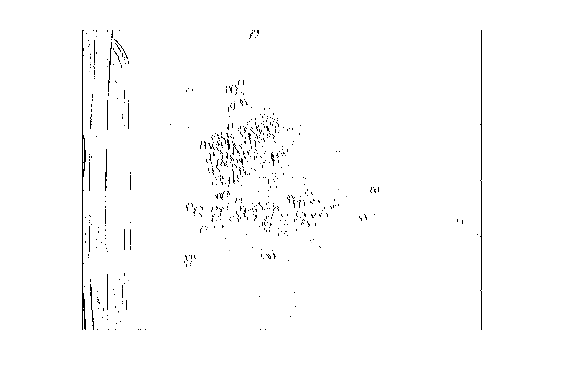bees counting project
UCSD CSE190a Haili Wang
Sunday, April 11, 2010
Wednesday, March 10, 2010
L channel responded index
It looks good on the upper middle region. It was a big block of mud on the original image, but the index table just shows different texture than those bees.
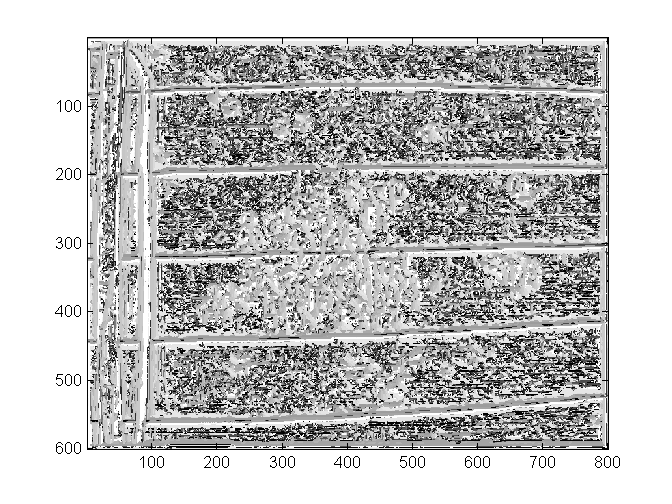
Sunday, March 7, 2010
filter bank result
It rejects those negative objects pretty well but also does not fire on the positive bees. Again, I may need a bigger sample size to get an ideal result.
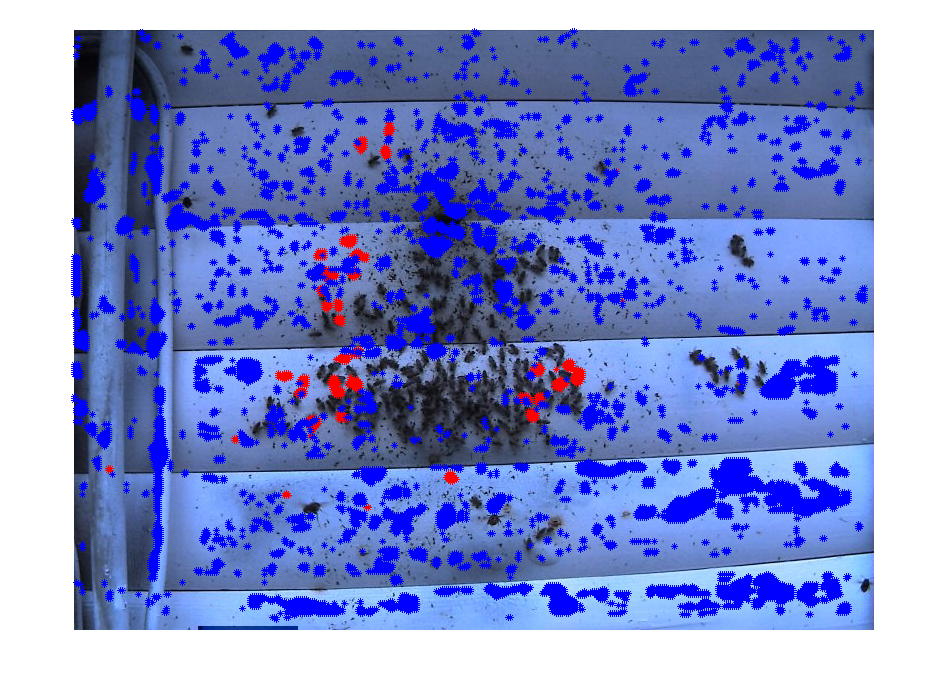
Tuesday, March 2, 2010
many many clicks
However the red stars at the upper middle of the image is just a big block of mud. I have 3 negative samples to account for that region but it just does not work out.

Monday, March 1, 2010
filter bank

in order to display properly, FB*256 ::should be imagesc() with colormap('gray')::
Apply each of these filters to the image and save the largest *absolute* responded filter's index to an index table. After that do a computer the histogram of these index.
I may have missed something that the result is completely off. At the learning stage I apply the filter to the user selected windows only, while at the finding stage I apply the filters to the entire image. May it be a problem that the convolution of small window is different than convolution of the entire image?
Another problem is that the algorithm is very slow, takes 3 minutes+ to compute.
Wednesday, February 24, 2010
diferent filter results
Only red channel is used. Single channel is filtered by median filter and then convoluted by the different filters. These filters act as edge detectors, and toward the end they are rotated ccw about 45 degrees. These filters are hard coded.
reference image:

filter1
%f = ([1 1 5 7 5 -10 -15 -10 5 7 5 1 1]);
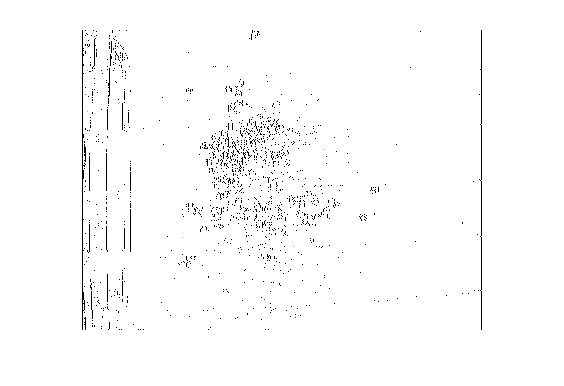
filter2
%f = ([1 1 5 7 5 0 -5 -10 -15 -10 -5 0 5 7 5 1 1]);

filter3
%f = ([ 1 5 7 5 0 -5 -10 -15 -10 -5 0 5 7 5 1]);
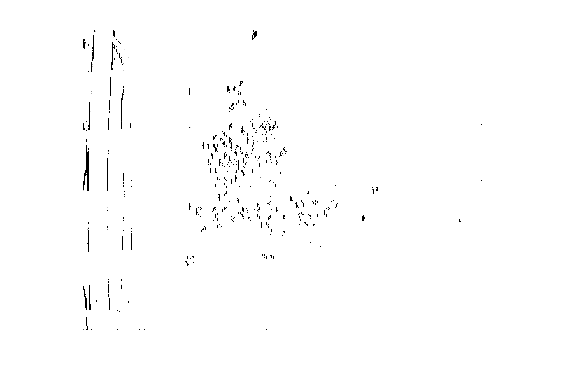
filter4
%f = ([ 1 5 7 5 -7 -15 -7 -10 5 7 5 1 ; 1 5 7 5 -10 -7 -15 -7 5 7 5 1]);

filter5
%f = ([ 1 5 7 5 0 -7 -15 -7 -10 0 5 7 5 1 ; 1 5 7 5 0 -10 -7 -15 -7 0 5 7 5 1]);
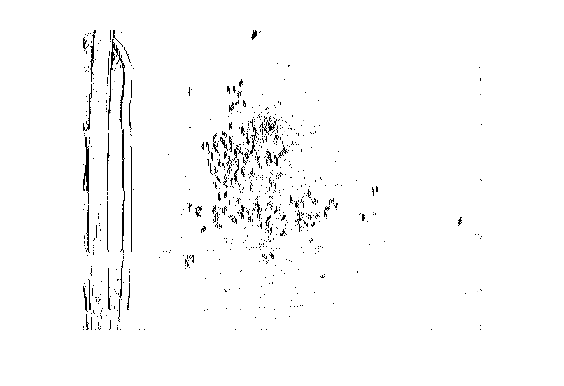
filter6
%f = ([ 1 5 7 5 0 -7 -15 -7 -3 0 5 7 5 1 ; 1 5 7 5 0 -3 -7 -15 -7 0 5 7 5 1]);
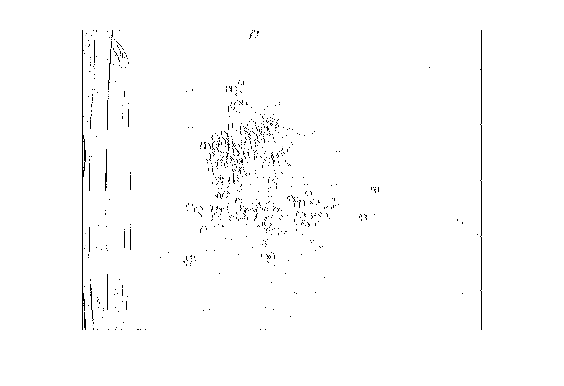
filter7
% f = ([ 1 5 7 5 0 -15 -10 -7 -3 0 5 7 5 1;
% 1 5 7 5 0 -7 -15 -7 -3 0 5 7 5 1 ;
% 1 5 7 5 0 -3 -7 -15 -7 0 5 7 5 1;
% 1 5 7 5 0 -3 -7 -10 -15 0 5 7 5 1]);

filter8
% f = ([ 1 1 5 2 -10 -7 -5 -1 0 1 2 5 1 1;
% 1 5 7 5 0 -15 -10 -7 -3 0 5 7 5 1;
% 1 5 7 5 0 -7 -15 -7 -3 0 5 7 5 1 ;
% 1 5 7 5 0 -3 -7 -15 -7 0 5 7 5 1;
% 1 5 7 5 0 -3 -7 -10 -15 0 5 7 5 1;
% 1 1 5 2 -10 -7 -5 -1 0 1 2 5 1 1]);
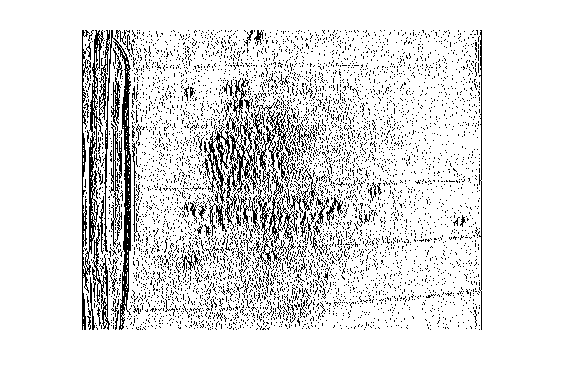
filter9
% better:
% f = ([ 1 1 5 2 -10 -7 -5 -1 0 1 2 5 1 1;
% 1 5 7 5 0 -15 -10 -7 -3 0 5 7 5 1;
% 1 5 7 5 0 -7 -15 -7 -3 0 5 7 5 1 ;
% 1 5 7 5 0 -3 -7 -15 -7 0 5 7 5 1;
% 1 5 7 5 0 -3 -7 -10 -15 0 5 7 5 1;
% 1 1 5 2 1 0 -1 -5 -7 -10 2 5 1 1]);
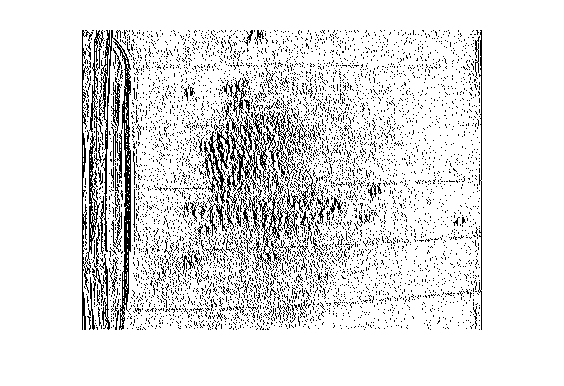
filter10
f = ([ 1 5 2 -7 -5 -2 1 1 1 2 5 2 1 1;
1 1 5 2 -10 -7 -5 -1 0 1 2 5 1 1;
1 5 7 5 0 -15 -10 -7 -3 0 5 7 5 1;
1 5 7 5 0 -7 -15 -7 -3 0 5 7 5 1 ;
1 5 7 5 0 -3 -7 -15 -7 0 5 7 5 1;
1 5 7 5 0 -3 -7 -10 -15 0 5 7 5 1;
1 1 5 2 1 0 -1 -5 -7 -10 2 5 1 1;
1 1 2 5 2 1 1 1 -2 -5 -7 2 5 1]);
